Key Takeaways
So, you’ve decided to turn fabric into a tiny 3D silicone logo theme park? Fantastic! Let’s break down the not-so-secret secrets to making those logos stick around longer than your aunt’s casserole at a family reunion.
First, heat control isn’t just for baking cookies. Imagine your emboss machine as a grumpy dragon—too hot, and your fabric becomes toast; too cold, and the silicone logo peels off faster than a toddler’s sticker. Aim for the Goldilocks zone: 160–180°C (320–356°F) for most fabrics. Denim? Treat it like a gym buddy—it can handle a little extra heat. Silk? Think of it as a sunburn-prone vampire.
Next, industrial-grade pressure isn’t about flexing your muscles. It’s more like a firm handshake: enough to say “I mean business” without crushing Grandma’s china. Check this table for pressure vs. fabric types:
| Fabric Type | Pressure (PSI) | Notes |
|---|---|---|
| Denim | 25–30 | “Tough guy” mode activated |
| Polyester Blends | 15–20 | Handle like a diva with a latte |
| Silk/Cotton | 10–15 | Gentle whispers only |
Choosing silicone materials? Think of it as dating—durability matters. Opt for platinum-cured silicone; it’s the marathon runner of materials, surviving washes, wrinkles, and that one friend who “borrows” your jeans forever.
And hey, machine maintenance isn’t just for nerds. Clean the rollers unless you want lint confetti at your next branding session. Troubleshoot logo quality issues by channeling your inner detective: uneven edges? Check pressure. Fading? Revisit heat settings.
Pro tip: Test your logo’s durability by pretending it’s auditioning for Survivor: Laundry Edition. Wash it, dry it, stretch it—if it survives, you’ve nailed it. If not, well, at least your fabric’s now a modern art piece.
Now go forth, armed with these nuggets of wisdom, and make those jeans branding projects so crisp, even Michelangelo would nod in approval. 🎨

Optimizing Heat Control for Fabric Embossing
Let’s talk about heat—because nothing says “party” like a fabric emboss machine cranked up to “surface of the sun” temperatures. Getting that 3D silicone logo to stick around longer than your ex’s gym selfies requires a Goldilocks approach: not too hot, not too cold, but just right. Think of it like baking cookies, except instead of chocolate chips, you’re working with industrial-grade pressure and the hopes of a jeans brand that really wants its logo to outlive the apocalypse.
Pro Tip: If your machine’s heat settings were a dating app profile, “consistent and reliable” would be its bio. Set temperatures between 160°C and 190°C (320°F–375°F) for silicone—any hotter, and your logo might end up looking like a melted crayon masterpiece.
Why does this matter? Heat control is the diva of fabric embossing. Too low, and the silicone won’t bond; too high, and you’ll fry the fabric faster than a TikTok food hack gone wrong. Modern emboss machines come with digital thermostats, but here’s the kicker: fabrics are sneaky. Denim laughs at 170°C, while polyester might burst into tears (or flames). Always test a scrap piece first—unless you enjoy explaining to your boss why the company logo now resembles a charcoal briquette.
And remember, folks: precision heat isn’t just about dials and numbers. It’s about patience. Let the machine warm up fully—like waiting for your coffee to brew—before diving in. Rushing this step is like microwaving a steak: technically edible, but deeply regrettable.
Now, if your machine had a dating profile, “loves long walks between pressure rollers” would be next. But that’s a story for the next chapter…
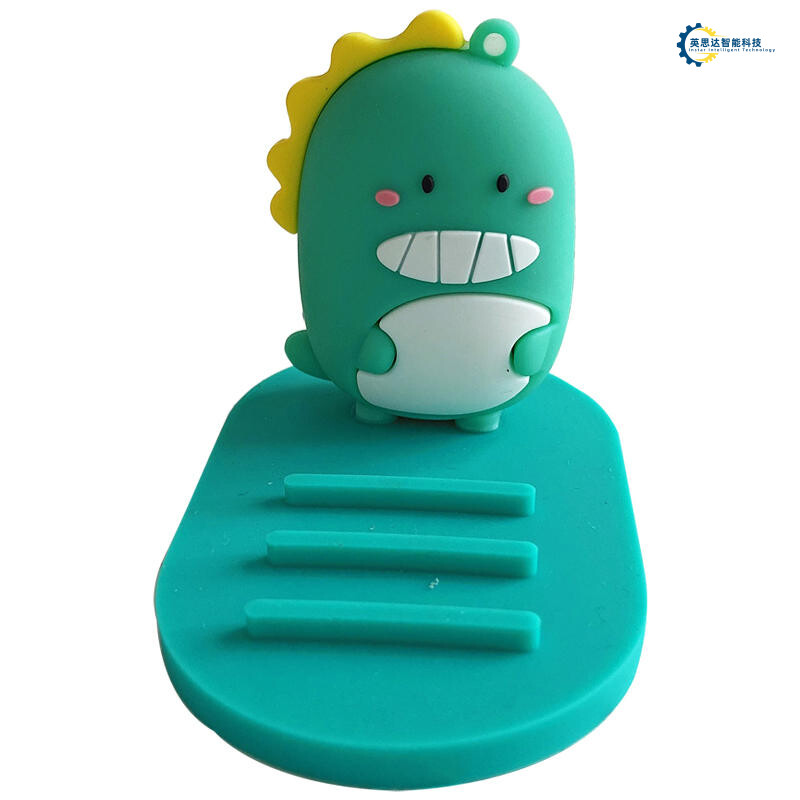
Industrial-Grade Pressure Settings Explained
Let’s talk about industrial-grade pressure settings—the unsung hero of fabric embossing, or as I like to call it, “the Hulk hug” your machine gives denim. Imagine trying to stamp a 3D silicone logo onto jeans with the delicacy of a butterfly landing on a cupcake. Spoiler: It won’t work. You need pressure that says, “I mean business,” but not so much that your fabric ends up looking like it fought a steamroller and lost.
The magic happens between 200-300 PSI (that’s “Pretty Squishy Intensity” for non-engineers). Too low? Your logo will ghost you faster than a bad Tinder date. Too high? Say hello to fabric pancake syndrome. The key is balancing hydraulic systems and pressure plates like a DJ mixing beats—smooth, consistent, and definitely not dropping the bass on your designer jeans.
Pro tip: Match pressure to fabric thickness. Thick denim? Crank it up like you’re revving a Harley. Delicate silks? Ease off—think “petting a nervous alpaca.” And always test! If your logo looks more squashed pancake than luxury branding, you’ve entered the overcompensation zone. Remember, pressure consistency isn’t just a setting—it’s a lifestyle.
P.S. If your machine starts making noises like a disgruntled raccoon, maybe ease up on the “Hulk smash” mode. Your future durable logos (and eardrums) will thank you.

Selecting Silicone Materials for Durable Logos
Let’s face it: picking the right silicone material for your fabric logos is like choosing a Netflix show—too many options, and one wrong move leaves you with a sticky mess. You don’t want your 3D logos peeling off faster than a cat avoiding bath time. Start by eyeing silicone shore hardness—a fancy term for “how stubborn this goo will be.” Too soft (think marshmallow squish), and your logo collapses like a soufflé at a rock concert. Too hard (imagine stale bread), and it’ll crack under pressure like your resolve during a sale at a craft store.
Pro tip: Platinum-cured silicones are the VIPs here. They’re like the superheroes of durability, laughing in the face of heat, sweat, and that one coworker who “accidentally” throws branded jeans in the dryer. Avoid cheaper peroxide-cured silicones unless you enjoy re-embossing logos more often than you refill your coffee.
Oh, and don’t skip the material data sheet—it’s not just bedtime reading for engineers. Check for thermal stability (translation: won’t melt into abstract art) and adhesion properties (won’t bail on fabric like a bad date). Mix in some pigment compatibility unless you want your logo’s color to fade faster than your enthusiasm for New Year’s resolutions.
Remember, folks: your silicone isn’t just a material. It’s a commitment. Treat it like a dance partner—pick one that won’t step on your toes (or logos) when the heat is on.
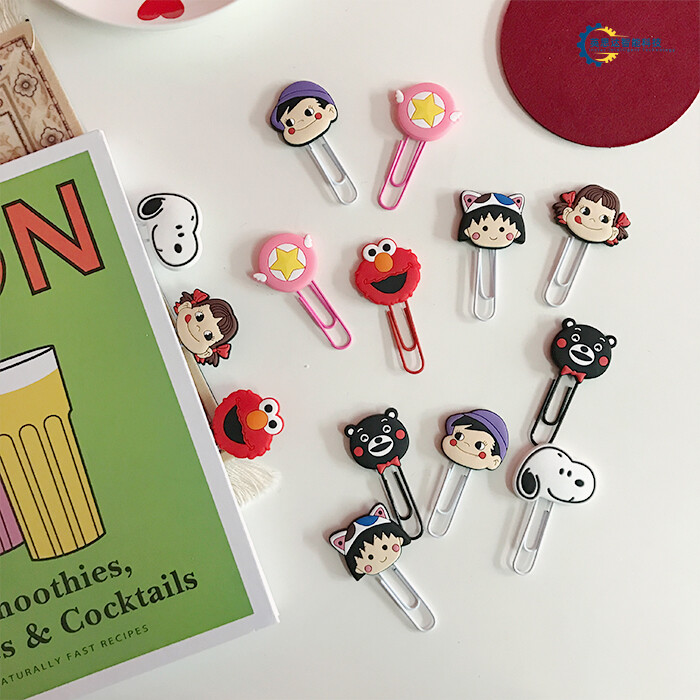
Maintaining Emboss Machine Performance Longevity
Let’s face it: your emboss machine isn’t a Tamagotchi—you can’t just ignore it until it starts screaming for attention. To keep this 3D logo wizard humming like a caffeinated opera singer, you’ll need a mix of routine TLC and borderline obsessive rituals. Start by cleaning the pressure plates more often than you wash your coffee mug (yes, that mug). Fabric lint and silicone residue are sneaky little gremlins that’ll clog gears faster than a toddler stuffing LEGO into a DVD player.
Next, lubricate moving parts with the enthusiasm of a middle-schooler buttering toast. But don’t go overboard—dripping oil everywhere turns your machine into a slip-and-slide for metal components. Check heating elements weekly; inconsistent temps can turn crisp logos into melted crayon art. Pro tip: If your machine starts sounding like a disgruntled walrus, it’s time to recalibrate the pressure settings.
And here’s the kicker: schedule downtime like it’s a spa day. Machines need naps too! A 10-minute cool-off between batches prevents overheating better than a fanfiction writer avoiding plot holes. Finally, log every hiccup, squeak, and tantrum in a maintenance journal. Future-you will high-five past-you when troubleshooting doesn’t involve interpretive dance. Remember, a happy emboss machine means logos sharper than your aunt’s comments about your life choices.
Troubleshooting Common 3D Logo Quality Issues
So, your emboss machine for fabric is acting like a toddler with a crayon—scribbling 3D logos that look more like modern art than brandable designs? Don’t panic! Let’s fix this silicone soap opera.
First, if your logos resemble melted cheese, check the heat control. Too hot, and your silicone becomes a drama queen, oozing everywhere. Too cold, and it’ll cling to the mold like a bad ex. Aim for the “Goldilocks zone”—just enough heat to make the silicone cooperative, not rebellious. Pro tip: If your machine’s temperature swings more than a pendulum, it might need a spa day (read: calibration).
Next, pressure settings gone rogue? Uneven textures often scream, “I wasn’t hugged enough as a machine!” Industrial-grade pressure isn’t about Hulk-smashing the fabric—it’s about consistent squish. Think of it as giving your denim a firm handshake, not a death grip. Adjust in tiny increments, and maybe whisper sweet nothings to the pressure gauge.
Are edges peeling faster than a sunburned tourist? Blame silicone curing time. Rushing this step is like baking a cake with a hairdryer—it’ll collapse. Let the silicone set like it’s binge-watching Netflix. And if alignment’s off? Your machine’s alignment guides might need glasses. Double-check those markers—precision is key unless you’re into abstract jeans art.
Lastly, if logos crack under stress, your release agents might be slacking. A little dab of magic (silicone-friendly spray) ensures clean breaks. Remember: A happy emboss machine is a well-oiled comedian—it just needs the right punchlines (and maintenance).
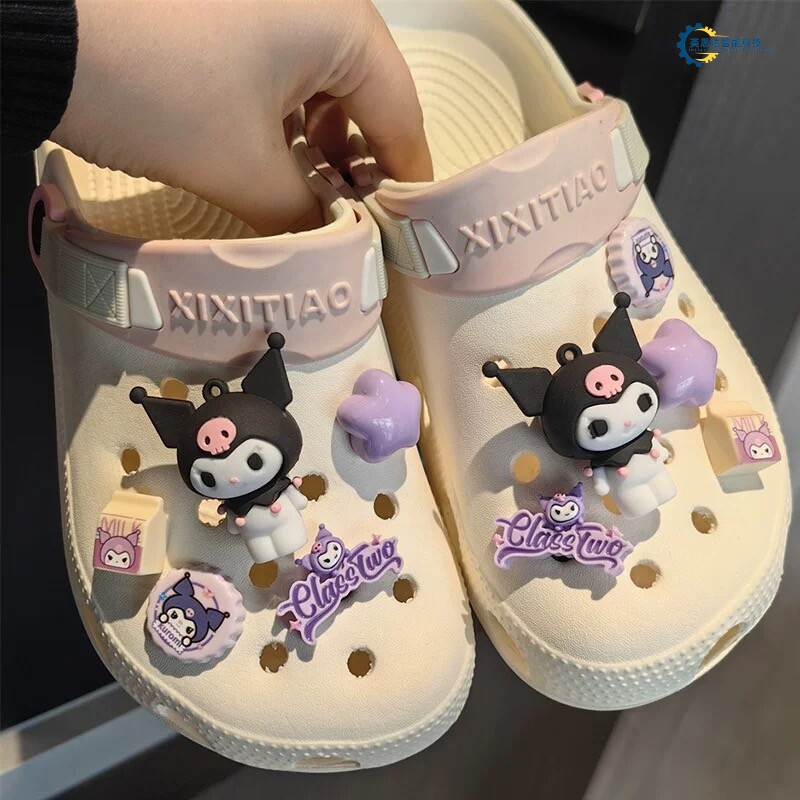
Design Techniques for Jeans Branding Precision
Let’s face it: jeans are the drama queens of the apparel world. They’ll fade, rip, or mysteriously shrink in the wash, but a crooked logo? That’s a fashion felony. To avoid your emboss machine for fabric turning your brand’s masterpiece into a toddler’s finger-painting project, start by treating your design like a GPS for style. Precision begins with vector graphics software—because guessing where the back pocket might be is like playing darts blindfolded.
Next, channel your inner squirrel preparing for winter. Alignment guides and die-cutting templates are your acorns here. Place them with the focus of a cat watching a laser pointer. Pro tip: If your logo looks even slightly off when you squint, your jeans will stage a rebellion. And nobody wants denim with commitment issues.
For 3D silicone logos, think of the heat control and pressure settings as a first date—too aggressive, and you’ll scare them off; too timid, and nothing sticks. Adjust your emboss machine like you’re tuning a guitar: just enough tension to make the fabric sing, not scream. Bonus points? Test your design on scrap denim first. Because practicing on your good jeans is like proposing marriage at a traffic light—risky and slightly unhinged.
Remember, precision isn’t about perfection. It’s about making sure your logo stays put longer than glitter on a craft project. Now go forth, and may your branding be as sharp as your sarcasm.

Testing Logo Durability Under Wear Conditions
So, you’ve slapped a 3D silicone logo onto your fabric masterpiece, and now you’re wondering: “Will this thing survive a toddler’s birthday party?” Let’s get real—logo durability testing isn’t just about looking fancy. It’s about simulating the jeans apocalypse. Think abrasion tests (aka “the jean-on-jean gladiator arena”) where fabrics rub together like overcaffeinated squirrels. Want to mimic real-world chaos? Strap those logos into a industrial-grade washing machine spin cycle—because nothing says “stress test” like watching your design battle suds, heat, and centrifugal force.
But wait, there’s science here! Use colorfastness rub tests (translation: scrubbing your logo like it owes you money) to ensure pigments don’t bail after five washes. Pro tip: If your silicone emblem survives 50 cycles of industrial torture—err, laundry—it’s probably ready for anything short of a zombie apocalypse. And don’t forget flex testing! Bend, twist, and fold that fabric like it’s origami night. If the logo cracks faster than your New Year’s resolutions, maybe rethink your heat control settings.
Remember, folks: A logo that can’t handle daily wear-and-tear is like a superhero who’s allergic to capes. Test hard, laugh harder, and keep those designs indestructible.
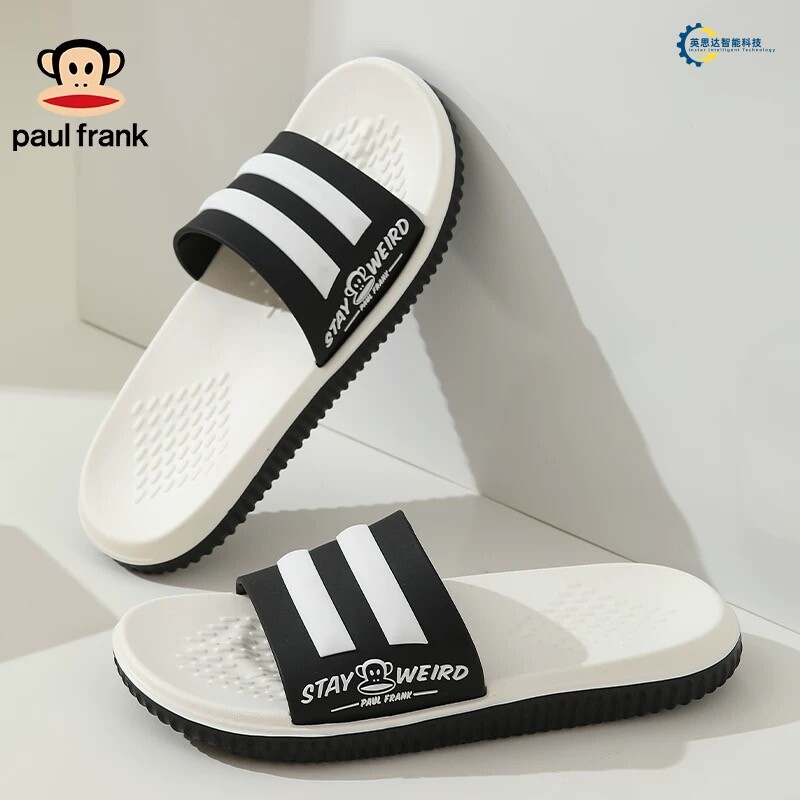
Advanced Silicone Embossing for Apparel Branding
Picture this: your logo isn’t just a logo—it’s a tiny 3D superhero clinging to fabric like Spider-Man on a skyscraper. To make that happen, advanced silicone embossing isn’t just science; it’s artistry with a dash of "how did they do that?!" Start by treating your emboss machine for fabric like a temperamental pastry chef. Too much heat control? Your silicone logo bakes into a crispy critter. Too little? It’s a gooey mess that’ll quit after one wash cycle. The sweet spot? Think “Goldilocks-approved” precision—just enough sizzle to bond industrial-grade pressure settings with fabric fibers without starting a tiny fire.
But here’s the kicker: silicone materials aren’t all created equal. Opt for the “Marathon Runner” grade—flexible yet stubbornly durable—because nobody wants a logo that flakes off faster than a bad tattoo. For jeans branding, imagine your machine as a zen master: apply pressure like you’re meditating, not bench-pressing. Too aggressive, and you’ll crush denim’s soul; too gentle, and your logo vanishes like a ninja.
Pro tip? Test your designs by pretending they’re auditioning for Survivor: Laundry Edition. If they withstand spin cycles, toddler tug-of-wars, and that one friend who “accidentally” spills coffee, you’ve nailed durable logos. Now go make clothing so iconic, even the washing machine bows in respect.
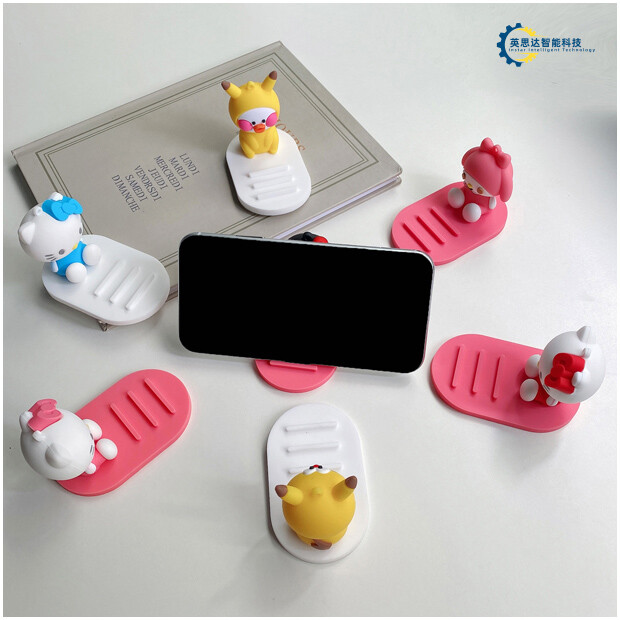
Conclusion
So, you’ve reached the grand finale—the moment where your emboss machine for fabric transforms from a clunky metal sidekick into the superhero of 3D silicone logos. Think of it like baking a cake, but instead of frosting, you’re serving up indestructible branding that survives washing machines, wild dance-offs, and that one friend who “accidentally” spills coffee every time.
Here’s the secret sauce: heat control isn’t just for toasters, and industrial-grade pressure isn’t just for crushing your enemies’ spirits. It’s about giving your jeans that “I woke up like this” vibe—flawless jeans branding without the logo peeling off faster than a bad sticker. Treat your machine like a temperamental rockstar: keep it clean, oiled, and occasionally whisper sweet nothings about durability testing.
And remember, silicone materials are the unsung heroes here. They’re like the duct tape of the fashion world—sticky, reliable, and weirdly glamorous. So, whether you’re crafting logos for haute couture or backyard barbecue aprons, just ask yourself: “Will this survive a zombie apocalypse?” If not, crank up that precision heat control and try again. Your fabric embossing legacy depends on it. Now go forth, and may your logos be ever raised! 🚀
Frequently Asked Questions
Why does my 3D logo look flatter than my enthusiasm on Monday mornings?
You might be skimping on industrial-grade pressure settings! Think of your emboss machine as a gym coach—weak pressure is like skipping leg day. Crank it up (safely!) to give that logo the oomph it deserves.
Can I use my grandma’s iron instead of an emboss machine for fabric?
Unless you want your logo to resemble a pancake, stick to the precision heat control of a proper machine. Grandma’s iron works wonders on wrinkles, not silicone art. Plus, she’ll probably side-eye you for messing with her tools.
How do I stop my logos from fading faster than my tan in winter?
Blame it on cheap silicone! Invest in durable silicone materials designed for apparel branding. Pro tip: If your logo survives a spin cycle and your ex’s critique, you’ve nailed it.
What if my design looks like it was drawn by a toddler on a sugar rush?
Slow down, Picasso! Use design techniques for jeans branding precision, like digital templates. And maybe lay off the caffeine while operating the machine.
Is there a way to test durability without wearing the jeans for 10 years?
Rub, scrub, and torture-test those logos! Simulate wear with abrasion tests. If it survives your cat’s claws, it’s ready for the real world.
Ready to Turn Your Fabric Branding from "Meh" to "Wowza"?
Don’t let your logos suffer an identity crisis! Click here to chat with our emboss machine wizards—because even fabric deserves a glow-up. 🚀
